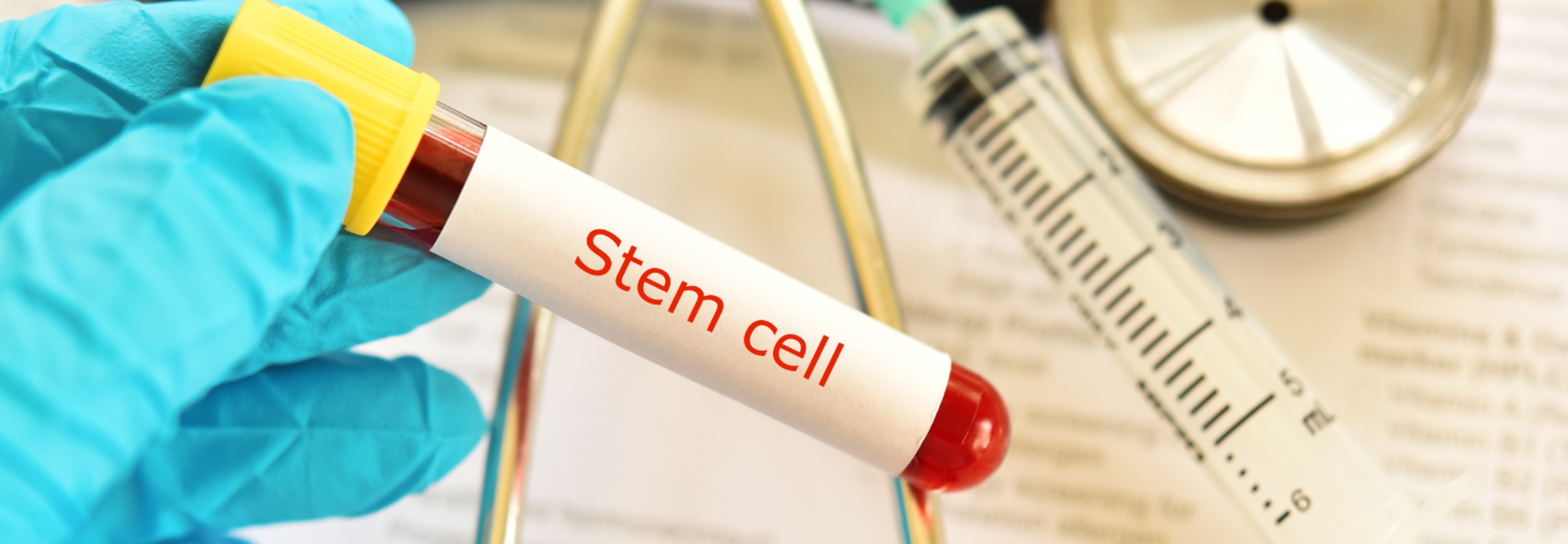The Rare Case Of Aplastic Anaemia And Stem Cell Transplant

Credits: Canva
SummaryAplastic anaemia is a rare disease where the bone marrow does not make enough blood cells. In a recent case, a 10-year-old boy has undergone stem cell transplant successfully for treatment in Mumbai.
End of Article
